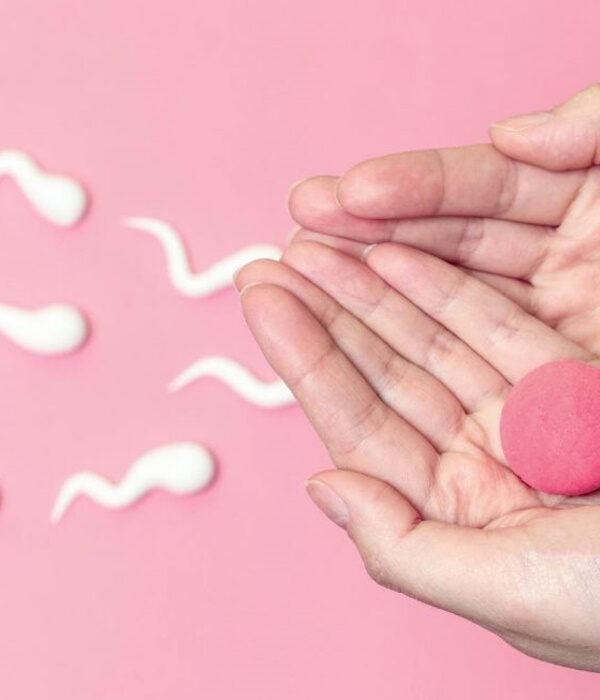
What is Fertility Preservation?
Fertility preservation is the procedure used in order to preserve eggs, sperm or embryos, so that a person or a couple can use them to have biological children in the future.
At the beginning it was as an option for cancer patients in order to preserve their eggs or sperm because of the gonadotoxic effects of chemotherapy.
Nowadays, is quite common as more and more women and men, have to postpone childbearing to older age because of social, economic or educational reasons.
For women the procedure is starting with stimulation of ovaries with fertility drugs until egg collection. The collected egg will then be frozen for future use.
What are the steps involved in Fertility Preservation?
1. Stimulation of the Ovaries:
During the normal menstrual cycle, every month only one follicle will grow enough to reach full maturity and release one egg (see chapter “How reproductive System Works”). In IVF/ICSI treatment, the aim is to stimulate the ovaries so that more follicles will grow and therefore more eggs will be available for fertilization, increasing the chances of pregnancy.
To achieve the growth of multiple follicles stimulation injections are used in daily bases.
There are a number of different drugs used for this purpose which all have a similar action. These injections are given just under the skin for a time period of 10 to 14 days. There are some possible side effects from the stimulation injections such as: local inflammation, abdominal bloating and tiredness, headache, migraines, hot flashes, and very rarely hyperstimulation of the ovaries (see chapter “Risks of Fertility Treatment”).
2. Monitoring the growth of the follicles
A series of scans are needed to evaluate the number and the growth of the follicles in the ovaries. When the follicles are big enough and close to maturation the egg collection will be scheduled. It is worth to mention that during the stimulation period some other injections will be used along with the stimulation injections to prevent the eggs from being released from the ovaries naturally before the egg collection procedure.
3. Egg Collection
When the follicles are ready for egg collection one further injection, known as “trigger” injection (usually Ovitrelle) will be given about 36 hours before the egg collection to trigger the final maturation of the eggs. The egg collection or oocytes retrieval is a surgical procedure performed under sedation.
Using ultrasound guidance, a needle is inserted through the vaginal wall and into the ovaries. The fluid from each follicle is aspired carefully and collected in a test tube, which is then checked under the microscope by an embryologist in the laboratory for a presence of an egg. The collected eggs are placed into a dish with special culture fluid.
5. Vitrification
The collected eggs will then be graded by the embryologists and only mature eggs will be freeze with vitrification technique. Vitrification is being used for more than 10 years for fertility preservation (eggs or embryos). The most important of this technique is that allows cells to be frozen while avoiding the formation of ice, which successfully protects the embryos and the eggs from damage. The survival rate after vitrification is above 90%.
Vitrification is absolutely safe for genetic material and in the most European countries there is no maximum time limit for preservation.
